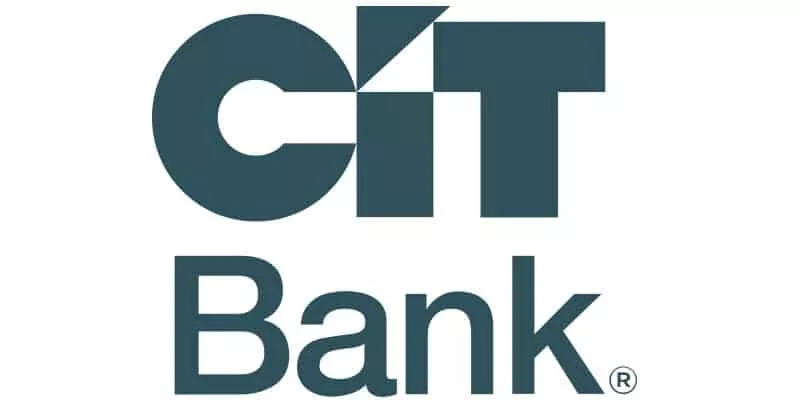Savings Account vs. Checking Account
Savings accounts are designed for storing money for a longer period of time and earning interest on the balance.
Checking accounts are primarily used for day-to-day transactions, such as paying bills, depositing cash or checks, writing checks, making purchases, and withdrawing cash.
Difference in Checking and Savings Accounts
The main differences between checking and savings accounts are earning interest and easy access to your money.
Savings accounts are best for:
- Earning compound interest and setting aside money for a specific goal such as an emergency fund or a down payment on a home. Some banks may impose Regulation D that limits account holders to 6 withdrawals per month or the bank may assess a fee.
Checking accounts are best for:
- Making regular transactions like paying bills, making purchases, and withdrawing cash in-person or using your debit card. Checking account holders can make unlimited withdrawals to their account as long as funds are available.
You may find that having both types of accounts useful for managing your finances; with a checking account for everyday transactions and a savings account for earning interest on your money. S
ome banks may offer interest-bearing checking accounts but the annual percentage yield (actual rate of return) is usually much lower than a high-yield savings account.
6 Benefits to Using a Savings Account
There are several benefits to using a savings account, including:
Higher interest rates. Savings accounts generally offer higher interest rates than checking accounts. This means that your money can earn more interest and grow over time.
Savings goals. Having a savings account can help you reach your financial goals. Whether you are saving for a down payment on a house, a vacation, or an emergency fund, a savings account can provide a safe and convenient place to save your money.
Easy access to funds. While savings accounts are designed for long-term saving, most accounts allow you to easily withdraw your money if you need it without penalties, unlike CD accounts.
Safety. Like checking accounts, savings accounts are FDIC insured up to $250,000 per depositor, per insured bank. This means that your money is protected by the government in case the bank fails.
Automatic savings. Many banks offer automatic savings plans that can help you save money without even thinking about it. You can set up regular transfers from your checking account to your savings account, which can help you build your savings over time.
Limited monthly withdrawals. Regulation D, a Federal Reserve Board rule limits withdrawals and transfers to six each statement cycle from savings accounts.
However, a key part of Regulation D that limited the number of certain withdrawals or transfers from savings accounts to six per month was suspended in 2020. This suspension remains in effect.
While the withdrawal limit is no longer mandatory, some banks may still choose to impose limits on certain types of transactions from savings accounts.
7 Benefits to Using a Checking Account
There are several benefits to using a checking account, for example:
Convenience. Checking accounts offer a convenient way to pay bills, make purchases, withdraw cash and direct deposit of your paycheck. In fact, some banks offer early direct deposit where you can get paid up to 2 days early.
Security. Banks have security measures in place to protect your money, and if your card is lost or stolen, you can easily report it and have it replaced.
Easy tracking of expenses. A checking account provides a record of your transactions, making it easier to track your expenses and manage your budget. You can also view your account activity online, which can help you identify any fraudulent transactions.
Potential interest. While most checking accounts do not offer any kind of interest-bearing possibility, some do. Depending on the balance in the account, customers can earn a small amount of interest just by leaving their money in the account.
Access to additional financial services. Many checking accounts come with additional services such as online bill pay, overdraft protection, and direct deposit. These services can make it easier to manage your finances and save you time.
Welcome Bonus. In order to lure new customers, some banks offer a checking account bonus to open a new account. There may be requirements you have to meet for the cash bonus like direct deposit or completing a certain number of debit card transactions, but it may be worth the effort if the bonus is large enough.
Some Debit Cards Come with Rewards. There are quite a few banks that now offer customers debit card rewards including cash back or points every time you swipe your card. The SoFi Checking and Savings® World Debit Mastercard®, for example, offers customers with at least $500 in recurring monthly deposits cash back whenever they make purchases at a rotating list of popular brands and retailers.
Common Savings and Checking Account Fees?
Checking accounts may have fees associated with them, such as monthly maintenance fees, ATM fees, and overdraft fees. Savings accounts typically have fewer fees, but may charge for exceeding the Reg D monthly withdrawal limit. Most checking accounts and some savings accounts that offer ATM cards include out of network ATM fees.
What are out-of-network ATM fees
Out-of-network ATM fees are charged by a bank, credit union or financial institution when you use an ATM that is not part of their network. These fees are typically charged when you use an ATM that belongs to a different bank or when you use an ATM located outside of your bank's network.
The fees for out-of-network ATM use can vary depending on the bank and the specific ATM you use. Generally, these fees can range from $1 to $5 per transaction. Additionally, some banks may charge a foreign transaction fee if you use an ATM located outside of the country.
In addition to the fees charged by your own bank, the owner of the ATM may also charge a fee for using their machine. This fee is commonly known as a surcharge and can be an additional $2 to $5 per transaction.
To avoid out-of-network ATM fees, use ATMs that are part of your bank's network whenever possible. You can also look for banks that have a large network of ATMs, or banks that offer fee reimbursements for out-of-network ATM use.
What are overdraft fees
Overdraft fees are fees that banks or other financial institutions charge when you withdraw more money from your checking account than is available, resulting in a negative balance. When your account is overdrawn, the bank may cover the negative balance by advancing you the money, and will typically charge an overdraft fee for this service.
The amount of the overdraft fee can vary depending on the bank or financial institution, but it typically ranges from $30 to $40 per transaction. If the negative balance is not paid back promptly, the bank may also charge additional fees or interest.
It's important to note that overdraft fees can be charged not only for ATM withdrawals and debit card transactions but also for other types of transactions, such as checks or automatic payments. Some banks may offer overdraft protection programs that link your checking account to another account or credit card, which can help you avoid overdraft fees. However, these programs may come with their own fees or interest charges.
To avoid overdraft fees, it's important to keep track of your account balance and avoid spending more than you have in your account. You can also sign up for text or email alerts to notify you when your account balance is low, and some banks may offer mobile apps that allow you to check your balance and transactions on the go. Additionally, you may be able to set up automatic transfers from a savings account to your checking account to avoid overdraft fees.
Conclusion
Overall, a checking account is best for daily transactions and managing day-to-day finances, while a savings account is best for setting aside money for a future goal or building an emergency fund.














